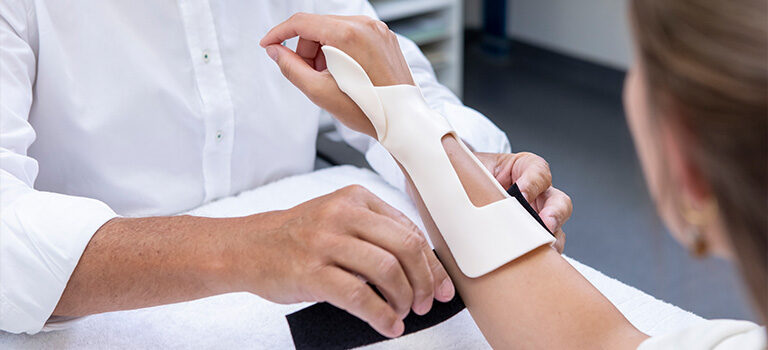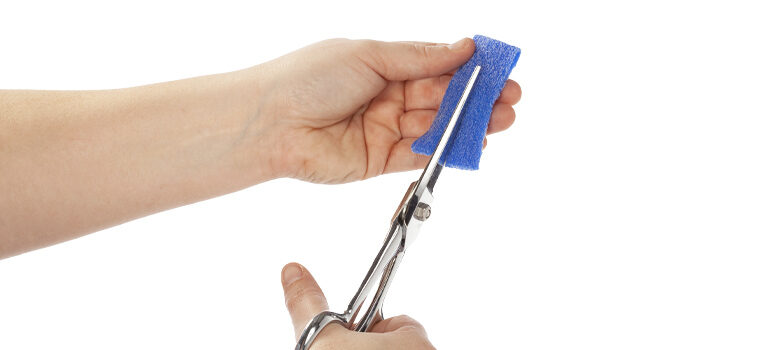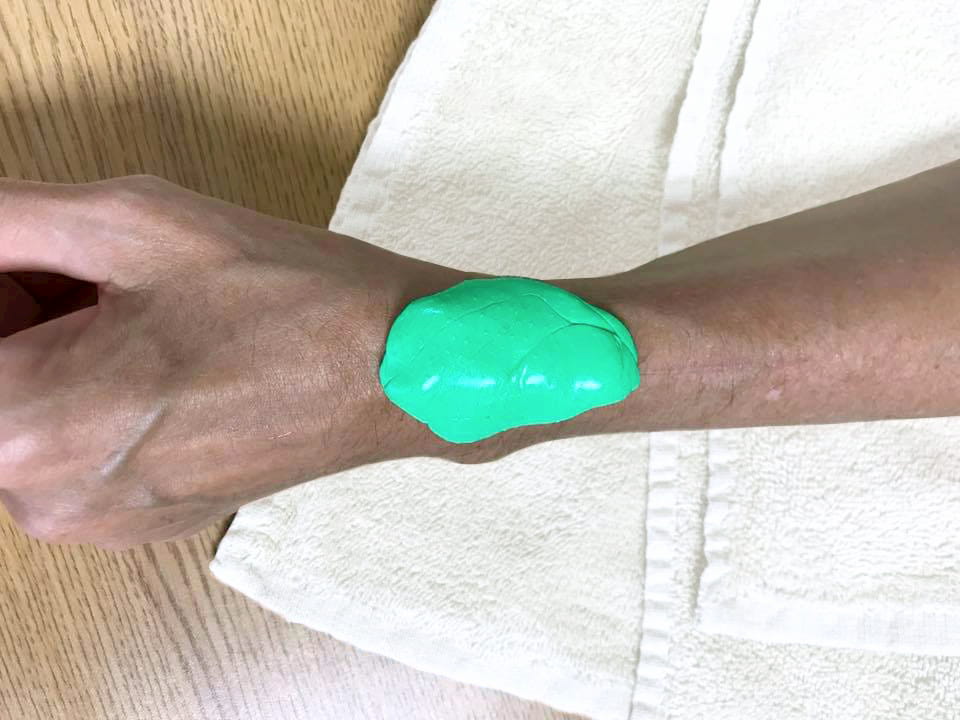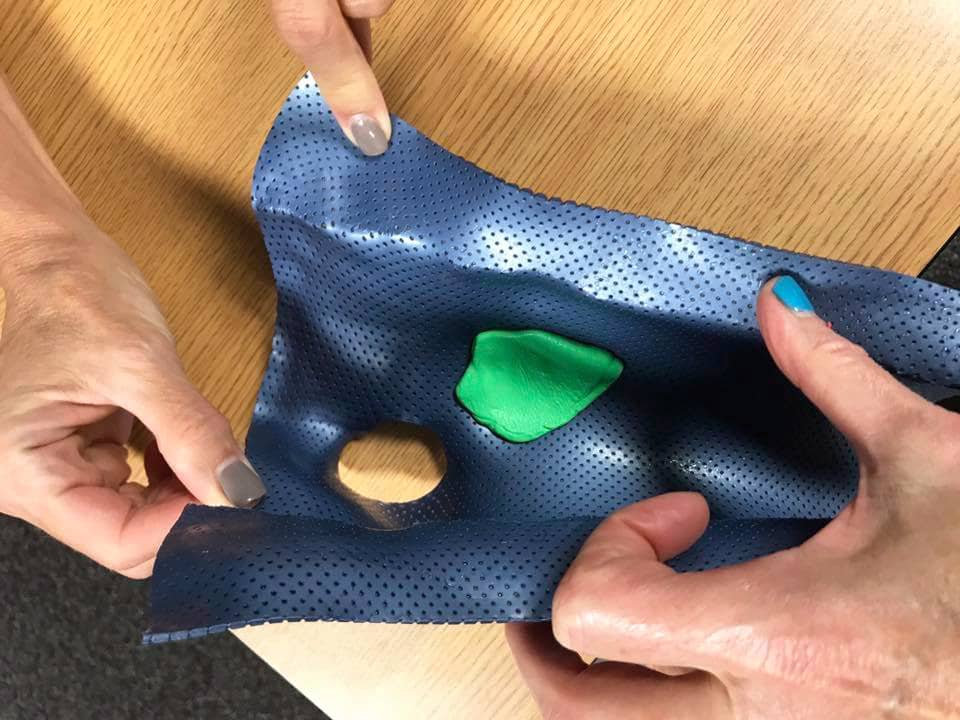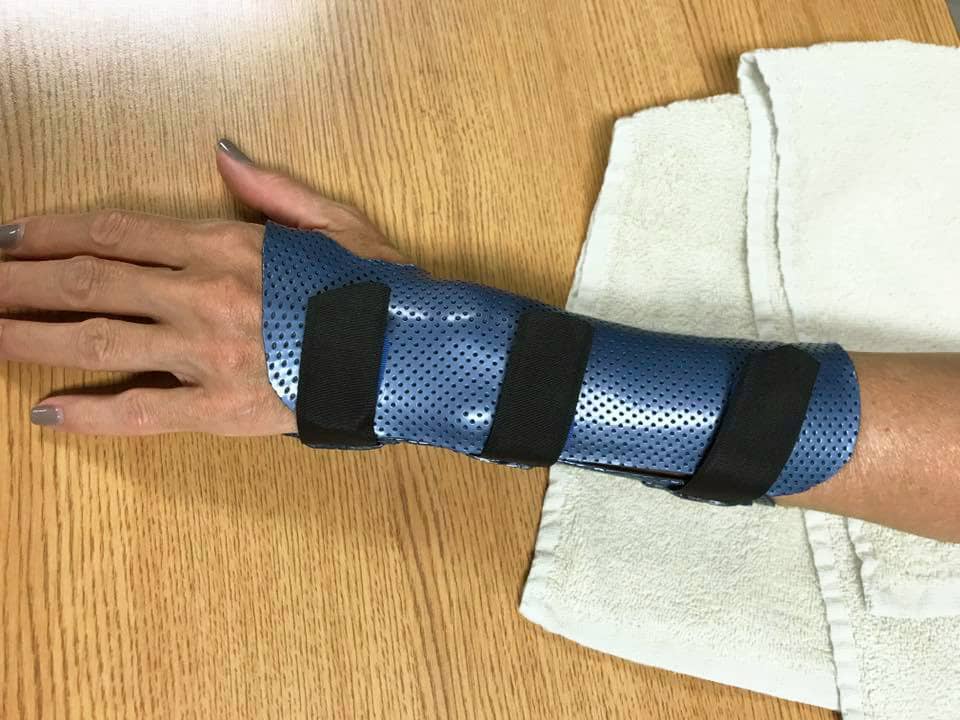
8 Essential Splinting Principles
Tips and tricks for highly effective orthotic fabrication
Are you a therapist of principle? Then you will love to know about these eight essential principles of splinting.
I recently read about these in “The Hand: Principles and Techniques of Splint Making”. A book by Nathalie Barr, who was a pioneer in the field of hand therapy even before this became an area of specialization in rehabilitation.
First published in 1978, these eight splinting principles continue to be relevant for today’s therapists.
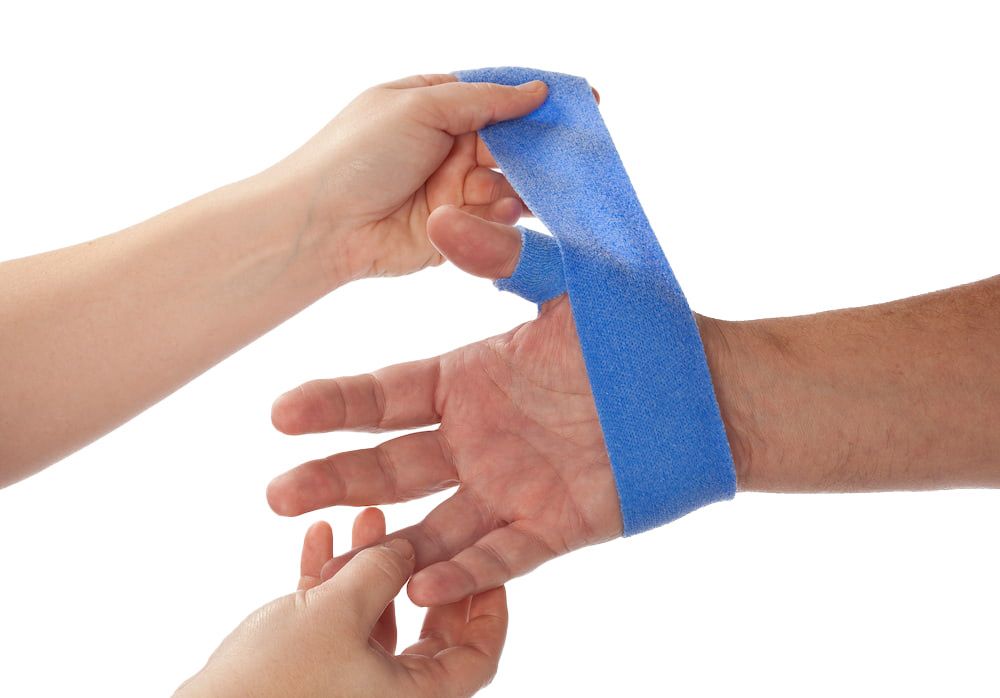
1. Respect the patient’s unique anatomy
The orthotic design must consider the unique patient’s hand anatomy and the functional requirements of the patient.
Apart from following and supporting the curvature and angles of the metacarpal arch, materials should:
- Allow for the oblique line of the distal palmar crease.
- Be sensitive to sensory input from the palmar surface of the hand.
- Accommodate the physiological position of rest.
2. The power of adjustability
A well-designed splint should not only meet the needs of the patient’s problem mechanically. It should also be adjustable so it can be modified to fit the patient’s status.
When Ms. Barr wrote her book, very few therapists had experience with custom orthotic fabrication. Even though “commercial and/or functional appliances” were often ordered, not many therapists were trained or experienced to modify them appropriately for an individual patient.
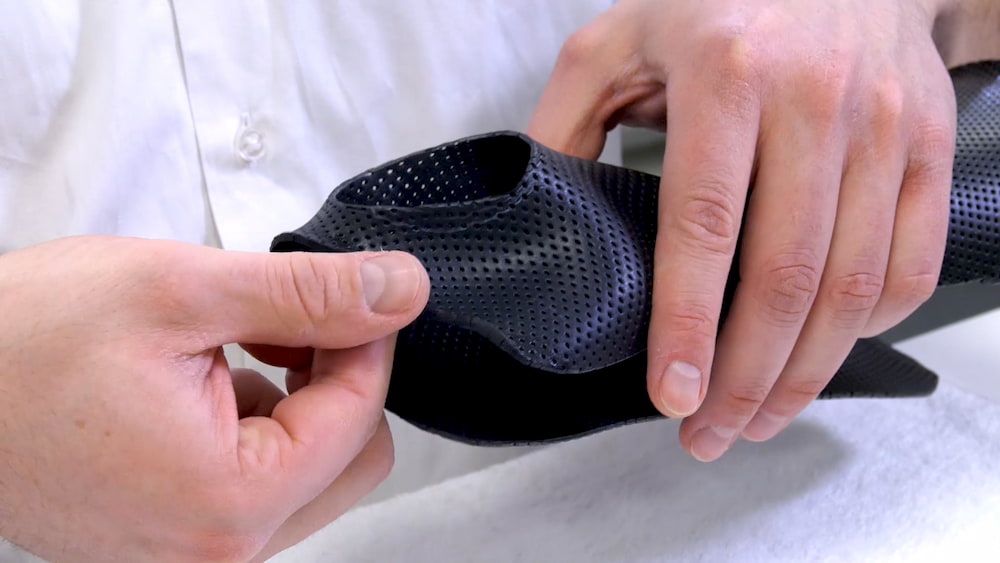
Customize and modify each orthosis to fit your patient’s needs.
Ms. Barr emphasized that therapists must be able to make custom orthoses to meet the needs of their patients, as well as being able to modify commercially available orthoses if they are not fitting correctly.
3. Reassessment is key
Ms. Barr considered it “wise” to set up a future appointment at the time of supplying the original splint. This would allow you to make sure the splint still fulfills its purpose and fits well.
It is, of course, important to evaluate the patient’s status during the initial fitting and fabrication of the orthosis. But make sure to also reevaluate the patient over time, so you will know if the orthosis still fits correctly and is, in fact, still necessary.
According to this splinting principle, patient review should be a routine practice. For this reason, it is best to schedule reassessment visits at the time of initial orthotic fabrication.
4. Keep it simple
This fourth one in our list of splinting principles goes for so many things in life, but especially when it comes to orthotic fabrication: simplicity is key.

Try to keep orthoses as simple as possible.
A splint should be simple, made with materials cosmetically acceptable to the patient, and follow the contours of the hand.
All orthoses must be well-designed and carefully constructed. Ms. Barr emphasized allowing and respecting patient feedback. She suggested always adjusting where needed. The patient should be comfortable and satisfied with the finished product.
5. Prevent pressure points
Points of pressure must be addressed. Do this either by bumping out the material or applying some padding. In addition, distribute the material over as wide an area as possible. Blanching of the skin or noted areas of numbness indicate compression, which must be corrected.
.
6. Ensure comfort and keep pain at bay
First and foremost, the patient should be comfortable and pain-free in the proposed orthosis. But depending on the condition of each patient and diagnosis, it is important to have a full discussion to determine what will be acceptable and tolerated regarding the wearing of an orthosis.
Overall, the patient should understand the wearing schedule and the full benefits of what the orthosis can provide.
7. Know your lever arms
It is essential to be aware of the concept of lever arms. Get familiar with the many types of orthotic designs and the variety of materials available for custom orthotic fabrication.
The forearm splint should include 2/3 the length of the forearm, and not interfere with elbow flexion. The joint is usually considered as a fulcrum and the load arms or lever arms are as long as possible to support the joint. Positioning, axis of motion, angle, and length of lever arms all are important factors in orthotic fabrication.
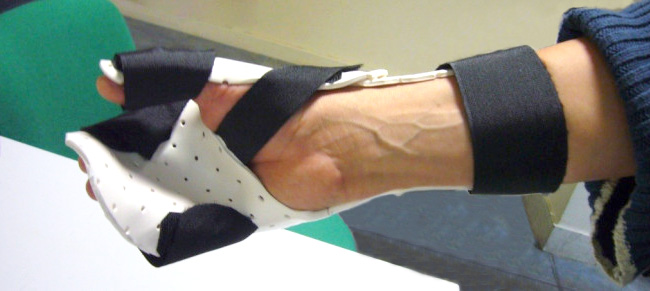
Keep the concept of lever arms in mind when fabricating an orthosis.
8. Keep learning every day
It is helpful for new therapists to discuss orthoses and orthotic fabrication techniques with others. This will help to develop a critical approach for assessment and reassessment regarding fit and function.
In addition, everyone will seriously benefit from practicing various fabrication techniques and tool-use.
Keep up to date with the quality and characteristics of the many materials used in orthotic fabrication. And be on the alert for advances in new materials.
Have a look at our Education Page for many useful resources, tutorials, videos on splinting. One exciting addition is the Orfit Academy, our online learning platform with various orthotic fabrication courses.
Background: A Splinting Pioneer
Nathalie (Rose Smythe) Barr trained in Great Britain as an Occupational Therapist. She worked with Dr. Guy Pulvertaft and helped to establish a rehabilitation center in Derby. She worked with Norman Capener to develop the Capener dynamic splints in use today. She contributed to the first edition of Rehabilitation of the Hand with C. B. Wynn Parry and also published a paper called The Use of Lively Splints in Upper Limb Paralysis in 1955.
Nathalie classified splints into static or passive splints and” lively” or dynamic splints. She championed the use of piano wire to create dynamic orthoses and provided instructions for bending wire into springs to store and then release their energy to assist in muscle activity. Nathalie included diagrams of wire bending jigs which many clinics may still have in their closets.
Her many contributions enrich us all. We can still learn a lot by reading her book on splint making and put into practice the principles she endorsed.
Free Download: Splinting Principles Poster
We’ve compiled these 8 Essential Splinting Principles in a poster for you to print or save for future reference.
Download it now:
References:
Barr, N. R., & Swan, D. (1988). The hand: principles and techniques of splint making. Butterworth-Heinemann.
Kasch, M. C. (1993). Nathalie Barr. Journal of Hand Therapy, 6(4), 240-241.
Smythe, N., & Parry, C. W. (1955). The use of lively splints in upper limb paralysis. The Journal of bone and joint surgery. British volume, 37(4), 591-600.
![]()

Written by Debby Schwartz, OTD, OTR/L, CHT
Physical Rehabilitation Product and Educational Specialist at Orfit Industries America.
Debby is a certified hand therapist with over 36 years of clinical experience. She completed her Doctorate of Occupational Therapy at Rocky Mountain University of Health Professions in 2010. She has worked at Orfit Industries America as Product and Educational Specialist since 2007.
Debby is also an adjunct professor at the Occupational Therapy Department of Touro University, School of Health Sciences, and at the Occupational Therapy Department at Yeshiva University, Katz School of Science and Health in NYC. She has written many book chapters in the field of hand therapy and multiple articles for hand therapy journals, including the ASHT Times and the Journal of Hand Therapy. She has published a new textbook on orthotic fabrication together with Dr. Katherine Schofield, entitled “Orthotic Design and Fabrication for the Upper Extremity: A Practical Guide”.
![]()

